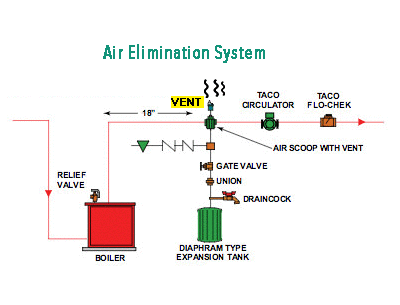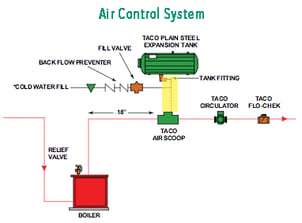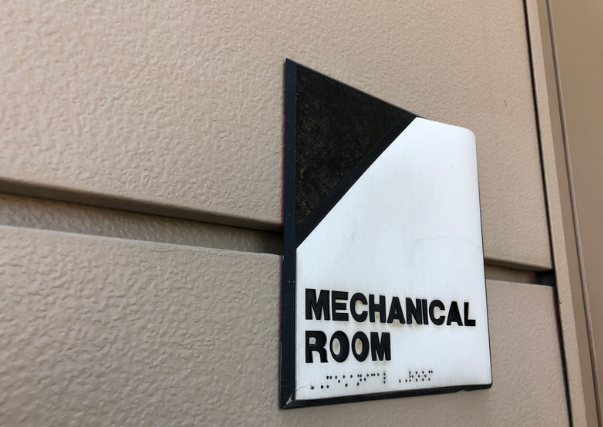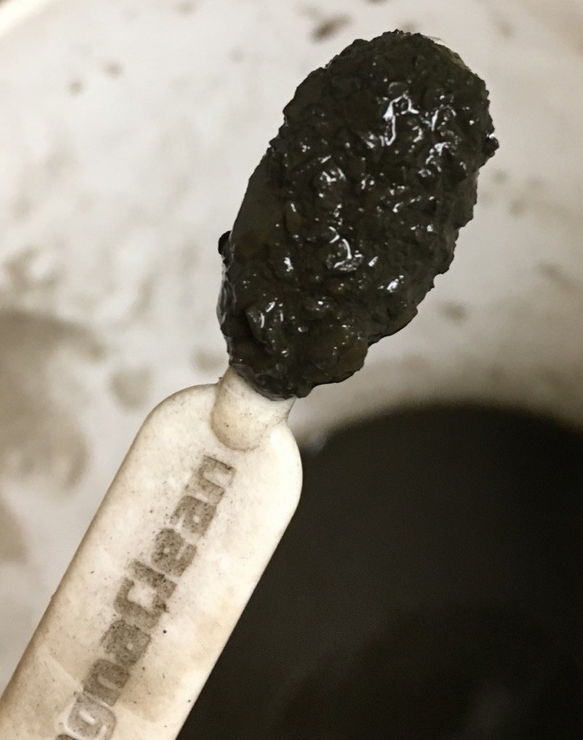Earlier, in the blog post “Why Air Must Be Removed from Hydronic HVAC Systems," we discussed several of the issues free air and dissolved air may present in your system. Most systems designed today include an Air Elimination System. That is, they include a separator tank that vents air out to the atmosphere. However, many older buildings were fitted with an Air Control System where the separator tank vents the air to a plain steel expansion tank and never really removes the air from the system.



Within the plain steel expansion tank, water and air have constant direct contact by design. The tank is charged with air to serve as a cushion for the expanded water volume. As the pressure within the tank changes, the air is continually dissolving in and out of the water to keep solubility equilibrium. And, as discussed in the previously mentioned blog, dissolved air can present a number of problems.
If you are involved with an older hydronic HVAC system, do you have an Air Control system or an Air Elimination system? Can you identify the air separators and the expansion tanks? Have you encountered chronic leaks or relief valve blow-offs? Is your plain steel tank waterlogged, or lost its air charge? And, even with newer systems, are your expansion tanks properly charged? Checked for bladder leaks?
If you need assistance with any of these questions, a great place to start would be a sales engineer with your local manufacturer's rep.
Blog images courtesy Taco® Comfort Solutions™.








Submit a Comment